Wildlife to Watch for While Hiking National Parks
Reading the Landscape: Where Animals Reveal Themselves
Deer, coyotes, and even shy black bears love boundary spaces where meadows meet forest. Scan these edges at dawn and dusk with patient eyes. Pause often, keep voices low, and let binoculars do the walking so animals never have to notice you first.
Safety First: Respectful Encounters on the Trail
Hold your arm straight, thumbs-up. If your thumb doesn’t fully cover the animal, you’re too close. Keep at least 25 yards for most wildlife, and 100 yards for bears or wolves. Step back gently, never run, and make space the moment behavior changes.
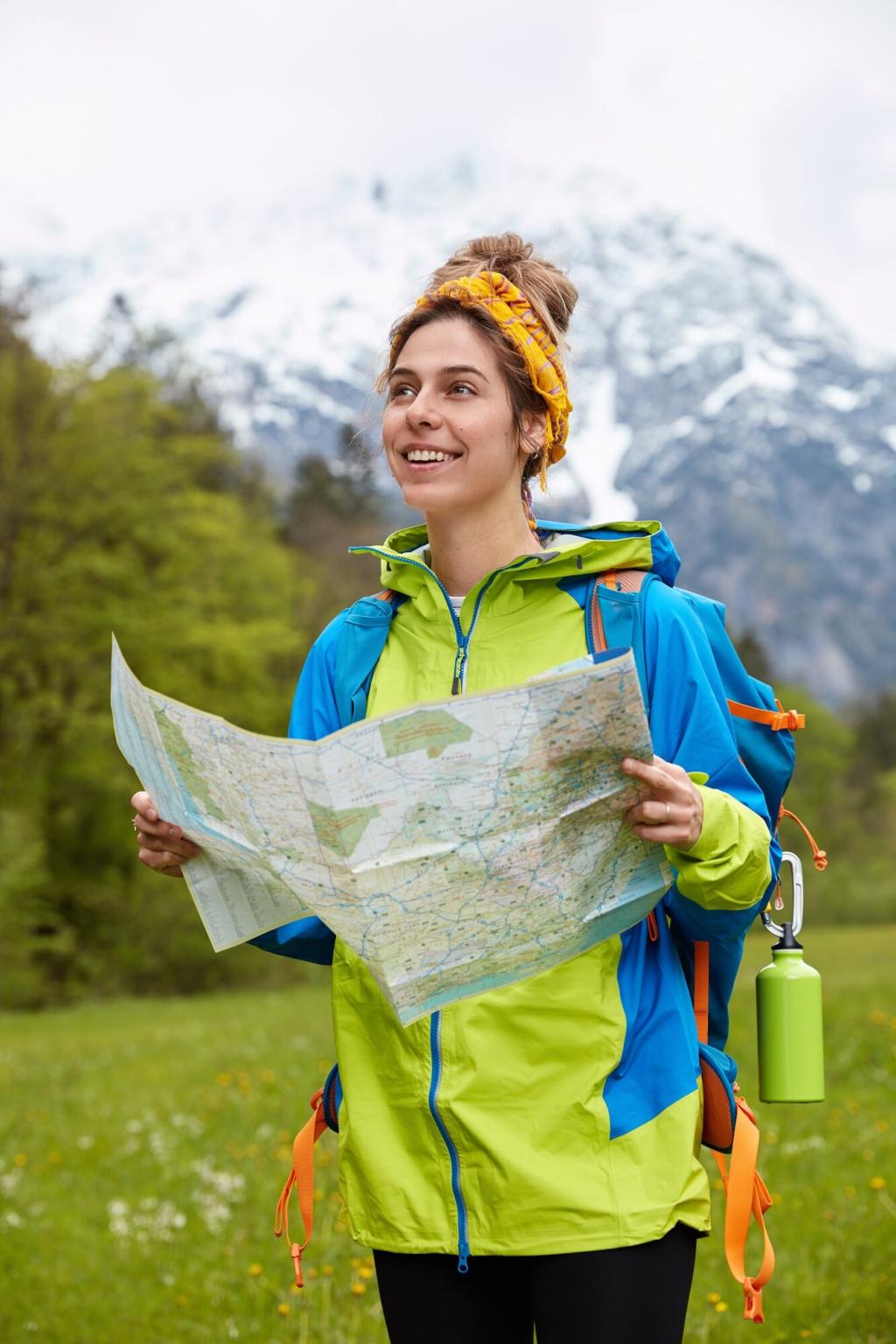
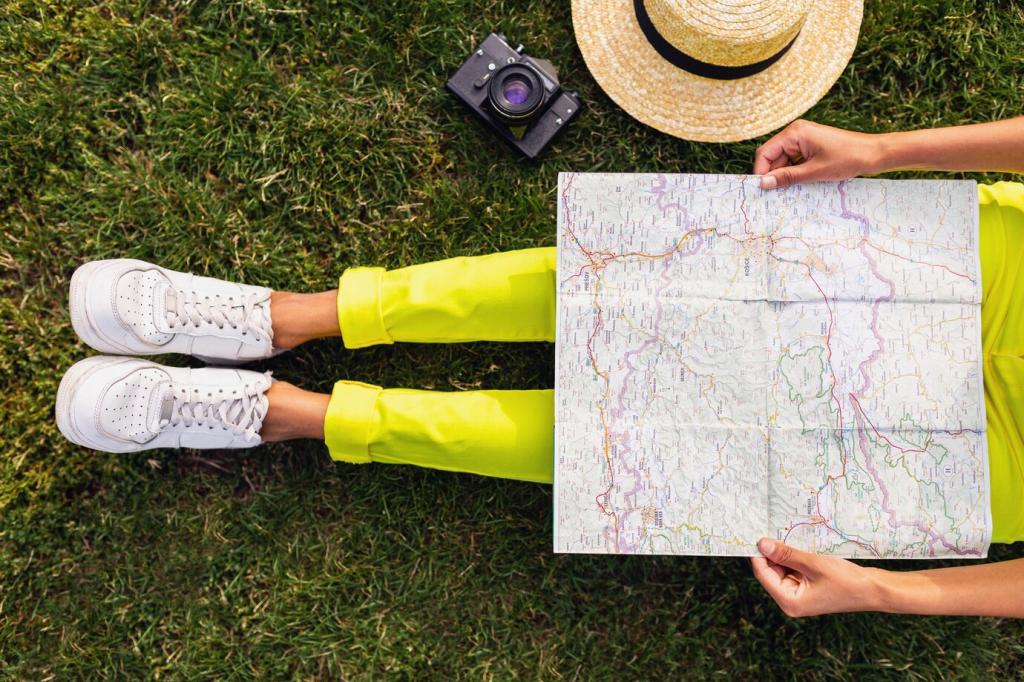
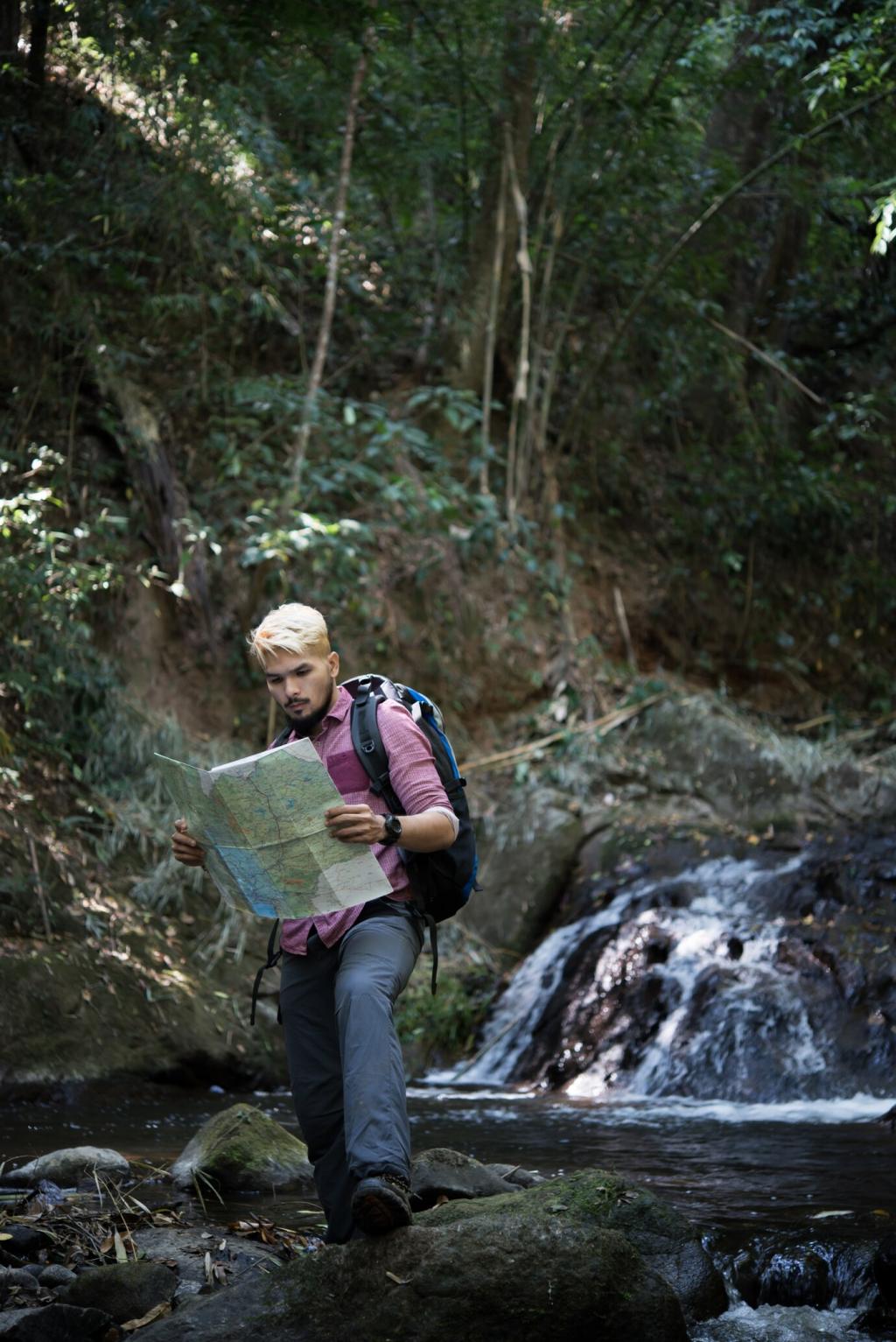
Seasonal Wildlife Calendar
Snowmelt opens corridors and parents guard nurseries. Watch for elk calves hiding in grass, foxes teaching kits, and songbirds ferrying nest materials. Respect closures that protect sensitive areas. Let curiosity lead, but let distance be your loyal hiking partner.
Seasonal Wildlife Calendar
Heat pushes many animals into dawn and dusk routines. Midday becomes a siesta for elk, bighorn sheep, and small mammals. Beat the heat with early starts, move quietly through shade, and scan distant slopes for subtle movement silhouetted against sky or snowfields.
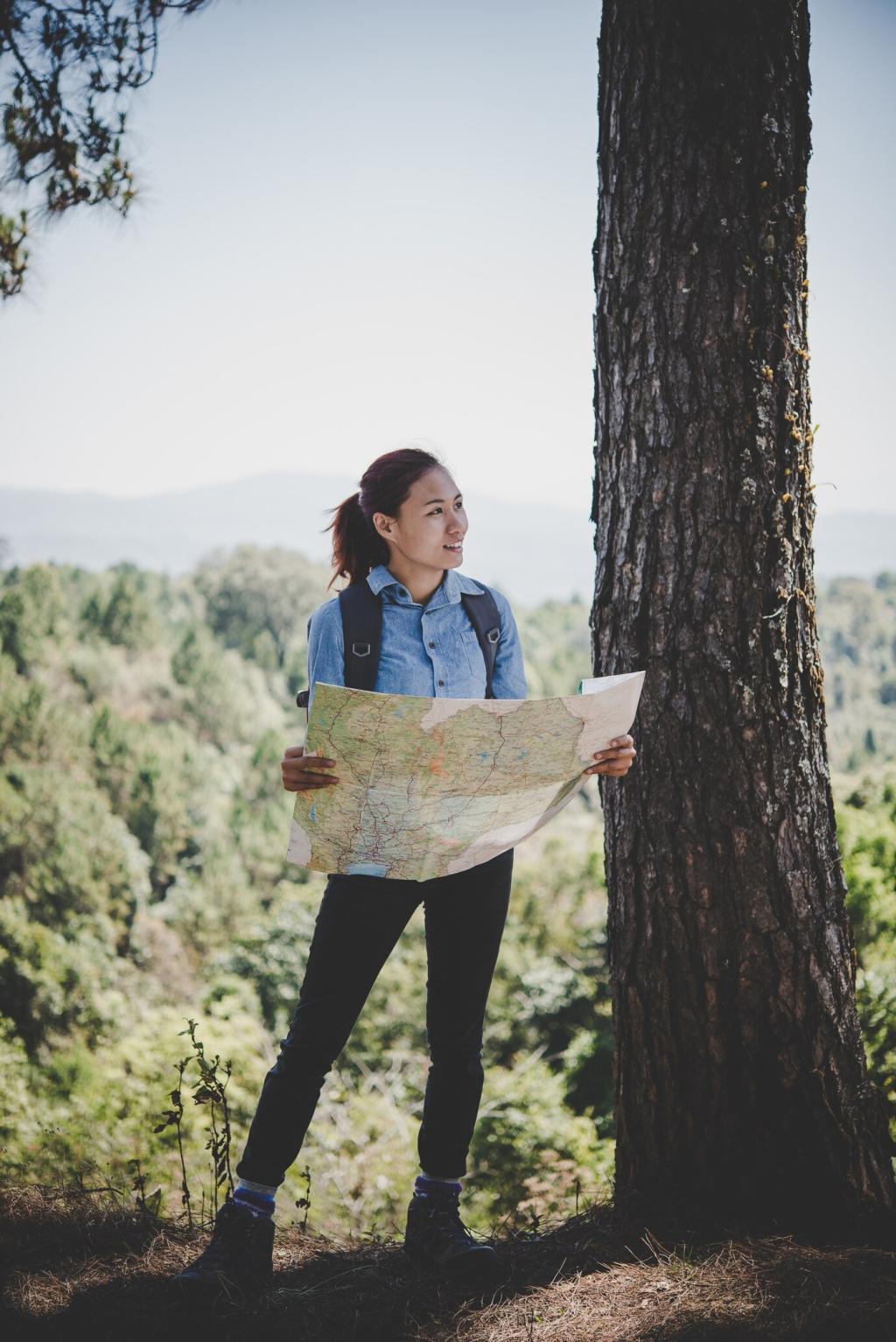
Track, Sign, and Sound: Detect Without Disturbing
Mud holds stories: splayed toes of raccoons, diagonal walks of deer, and round, clawed prints of a bear ambling at night. Compare sizes with your hand, snap a photo, and leave the imprint undisturbed so others can read the same wild news.
Real Trail Stories: Moments That Stayed With Us
Mist lifted like breath as a cow elk stepped from the willows, calf in tow. We whispered, backed to the trail’s edge, and watched her confidence return as our presence softened. The moment lasted minutes, but the lesson about space lingers every hike since.
Real Trail Stories: Moments That Stayed With Us
A squeak, then a tiny courier rushed across talus with a mouthful of wildflowers. The pika stashed them in a haypile for winter. We sat still, counting dashes, learning that survival is choreography—fast, purposeful, and utterly disrupted by careless footsteps too near.
Real Trail Stories: Moments That Stayed With Us
Two great horned silhouettes materialized on a snag, their duet threading the cooling air. We dimmed headlamps, breathed slower, and let darkness teach patience. No photo could hold that hush. We left without a snapshot and still carried everything we needed home.
Gear and Ethics for Wildlife Watching
The Minimalist Watcher’s Kit
Carry 8×32 binoculars, a small lens cloth, a slim notebook, and a red-light headlamp for night safety. Add layers to wait out a sighting, water to slow your pace, and snacks sealed tight so your curiosity never smells like food to wildlife.
Leave No Trace for Wildlife
Stay on durable surfaces, yield habitat, and pack out every crumb. Skip playback calls; they drain energy from birds. Keep dogs leashed, give nests and dens a wide berth, and treat every encounter as a privilege borrowed from the animals’ daily work.
Photography with Purpose
Use long lenses, crop later, and never bait or coax. If behavior changes, the shot is not worth it. Share captions that teach ethical distances and seasonal sensitivities. Let your images invite stewardship, not pressure, and encourage friends to practice the same restraint.
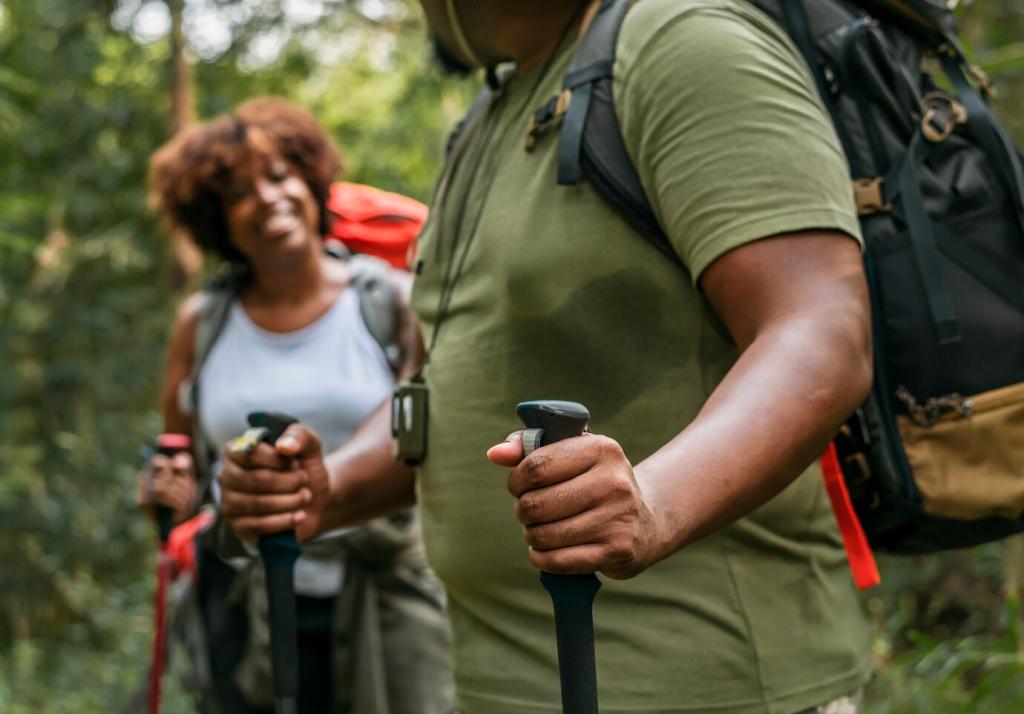
Your Sightings Matter
Add respectful comments about recent wildlife you observed—species, approximate distance, habitat, and time of day. Consider logging observations in community science apps like iNaturalist. Your notes help others watch carefully without crowding animals or sensitive areas.
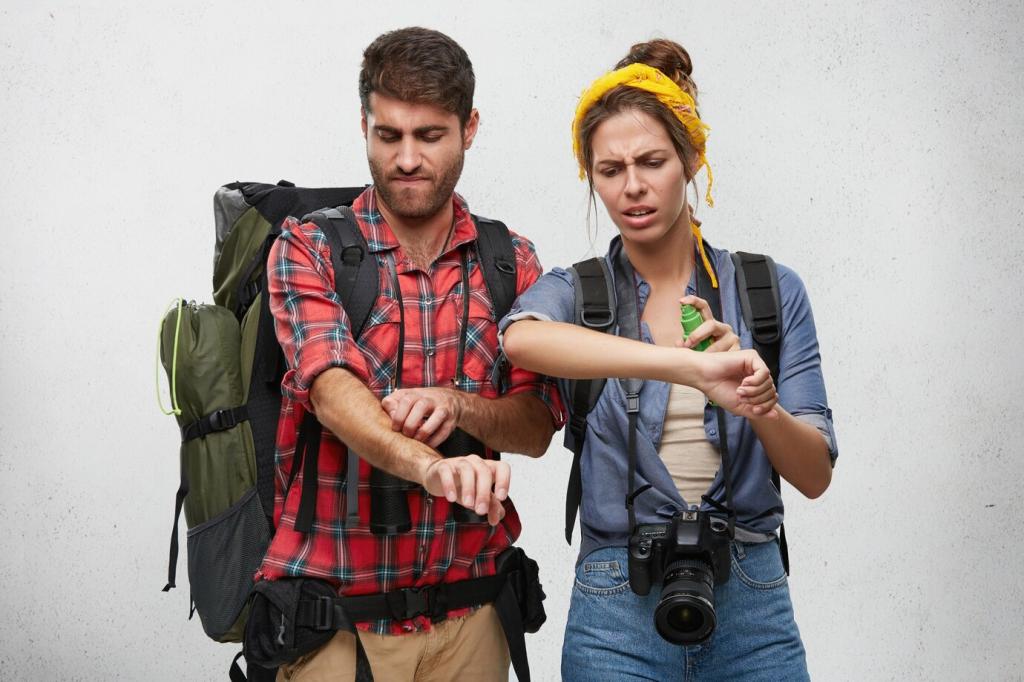
Subscribe for Park-by-Park Guides
Subscribe to receive seasonal wildlife briefs tailored to specific national parks, from coastal tidepools to alpine basins. We’ll send timely tips, safety reminders, and habitats to watch—so you arrive prepared to observe without intruding on daily routines.
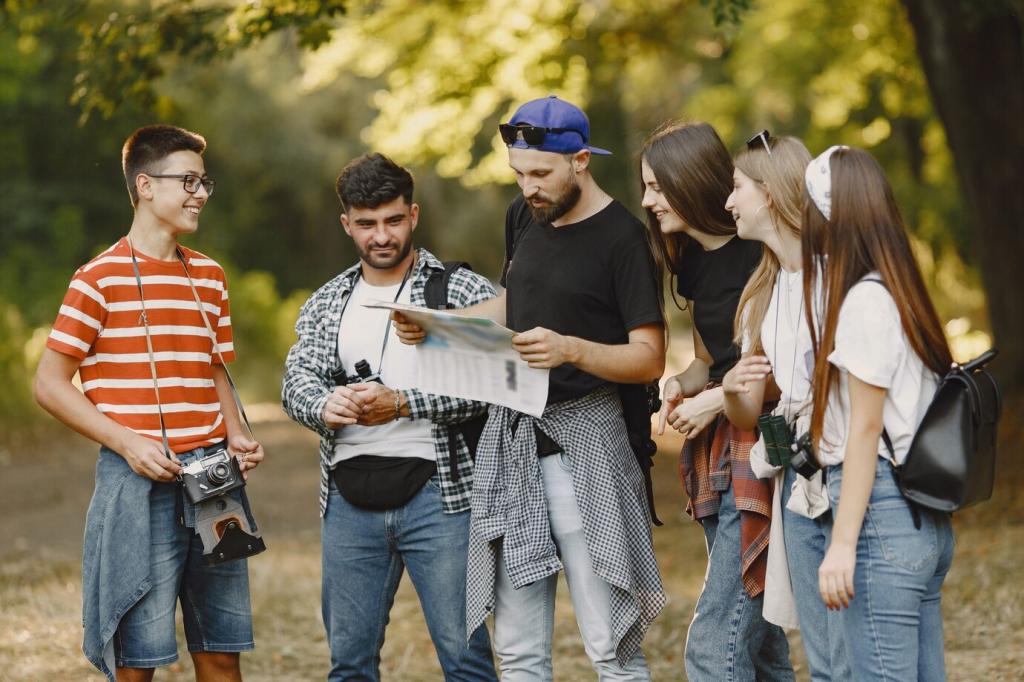
Community Challenges
Join our monthly challenge to spot signs, not just animals: one track, one feather, one distant silhouette. Share your story, inspire a newcomer, and celebrate sightings that honor space and stillness. Small practices can shift entire trail cultures for the better.
